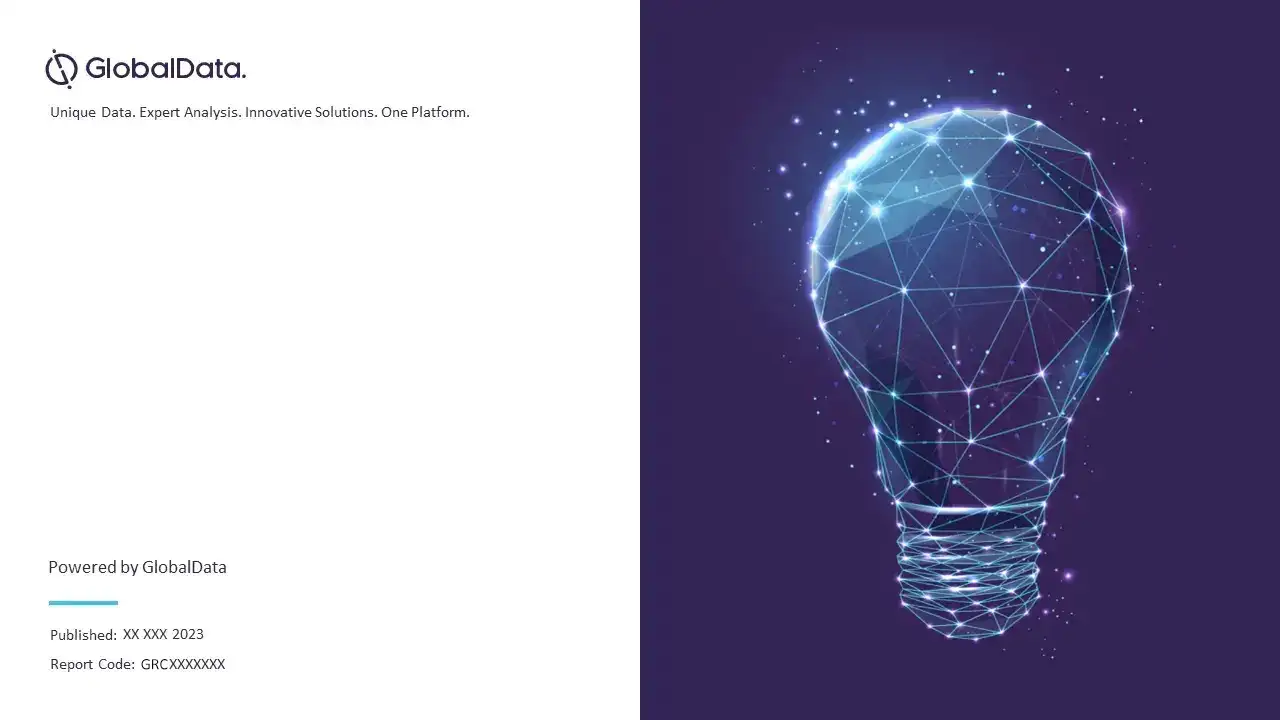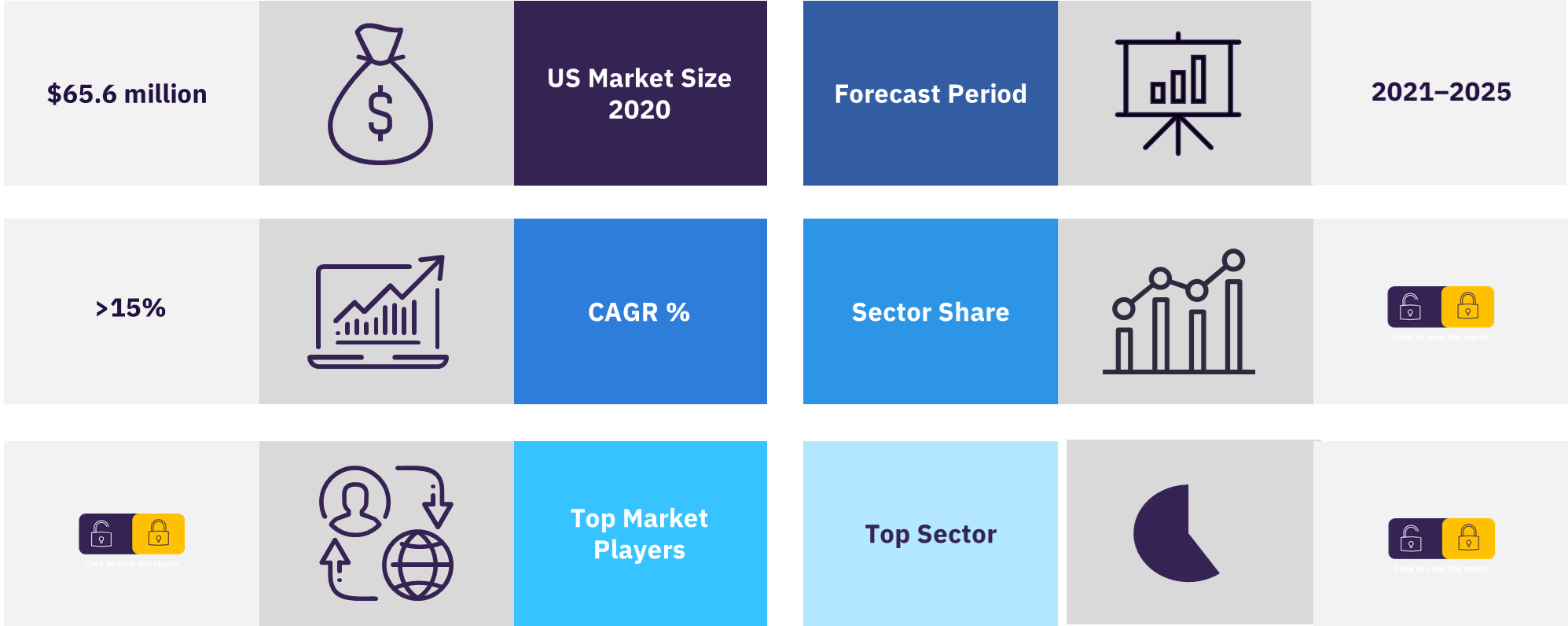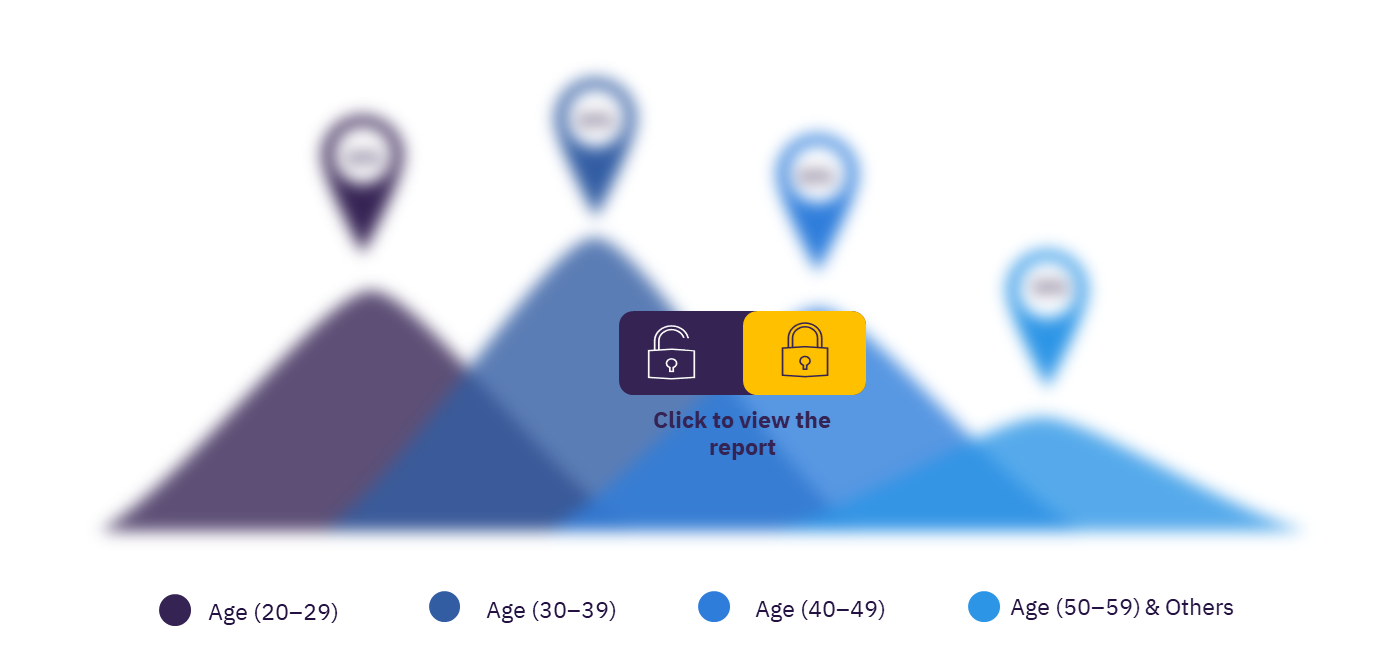Axillary Hyperhidrosis Market Size, Share & Trends Analysis and Forecast 2020-2030
Powered by ![]()
All the vital news, analysis, and commentary curated by our industry experts.
The axillary hyperhidrosis (AH) market in the US has been valued at $65.6 million in 2020 and is projected to grow at a CAGR of more than 15% during the period 2021-2025. The sales of high-priced neuromuscular blockades represent the most impactful driver of growth for the AH market, but limited disease awareness will remain the main barrier and will keep diagnosis and treatment of cases at a low rate. The impacts of the COVID-19 pandemic have limited the size of the AH market for 2020, with reduced social pressures causing fewer symptoms of AH in diagnosed individuals, combined with fear of office visits and in-office procedures during a pandemic. Thus, the market has shown signs of recovery in late 2020 through 2021.
A large number of symptomatic treatments are currently used off-label. The most frequently used drug classes are antiperspirants, anticholinergics, and neuromuscular blockades. Currently, there are only two treatments that are found to be FDA-approved for the symptomatic management of AH, Journey Medical Corporation’s Qbrexza (glycopyrronium tosylate) and Allergan’s Botox (onabotulinumtoxin A). In addition, MiraDry system is the first novel, non-invasive, long-lasting medical device FDA-approved for AH.
Overview of the axillary hyperhidrosis market
For more insights on this report, download a free report sample
What are the trends in the axillary hyperhidrosis (AH) market?
The sales of high-priced neuromuscular blockades represent the most impactful driver of growth for the AH market. The launch of Ecclock (sofpironium bromide) in Q4 2022 has shown a positive impact on total sales. Patient motivation and high compliance with prescribed treatments have improved the sales and the lack of generic options for all marketed products increases revenue, with the first generic entry not coming until the end of the forecast period.
The lifetime diagnosed prevalent cases of axillary hyperhidrosis are expected to increase in the US by 0.42% between 2020 and 2030. The women made up roughly 60% of lifetime diagnosed prevalent cases of axillary hyperhidrosis in the US and due to a lack of temporal data, changes in the number of lifetimes diagnosed prevalent cases throughout the forecast can be attributed to changes in the underlying population structure of the US.
The lifetime diagnosed prevalent cases in the US in 2020 has peaked in the 20–29-year age group and gradually declined afterward through the 50–59-year age group before significantly dropping in the 60–69, 70–79, and ≥80-year age groups. Therefore, the distribution of cases by age is expected to remain similar throughout the forecast period.
Age-specific prevalence of axillary hyperhidrosis (AH), 2020
For more insights, download a free report sample
How many drugs are approved for AH in the market?
There were only two marketed drugs for AH in 2020: Qbrexza, the first-in-class reformulation of an anticholinergic; and Botox, a first-in-class neuromuscular blockade. An additional anticholinergic reformulation, Ecclock (sofpironium gel), is expected to be launched in the market. Glycopyrronium tosylate generic wipes are also expected to launch by the end of the forecast period.
What is the treatment for axillary hyperhidrosis?
Antiperspirants
The first line of treatment for AH is the use of topical antiperspirants such as the prescription products Drysol, Hypercare, and Xerac AC or clinical-strength OTC products.
Prescription cloth wipes
Qbrexza (glycopyrronium) wipes are a more recent option for AH treatment in patients ages nine years and older. Qbrexza is an anticholinergic drug available used for topical administration.
Botulinum toxin injections
For patients who are non-responsive or intolerant to topical therapies, Botox (onabotulinumtoxinA) injections are one of the next lines of treatment. Botox injections are a minimally invasive treatment option with an average duration of improvement of four to six months when administered to the axillae.
Oral medications
Off-label use of licensed oral systemic medications, including anticholinergics (glycopyrrolate, oxybutynin, benztropine, and propantheline) and beta-blockers (propranolol), may be used to treat AH. However, oral anticholinergic drugs are rarely used among patients with AH. Only AH patients with generalized hyperhidrosis or palmoplantar hyperhidrosis are likely to receive oral anticholinergics.
miraDry
miraDry is a non-invasive electromagnetic energy/microwave technology device that results in thermolysis of the sweat glands.
Surgery
Additional treatment options for AH include local surgical procedures to remove the sweat glands including excision, curettage, liposuction, and laser.
Market report scope
|
Market size of US (Year – 2020) |
$65.6 million |
| Growth rate of US | CAGR of >15.0% from 2021 to 2025 |
| Base year for estimation | 2020 |
| Forecast period | 2021–2025 |
Scope
This report provides a comprehensive analysis of the Axillary Hyperhidrosis market-
- Overview of AH including epidemiology, etiology, pathophysiology, symptoms, diagnosis, and treatment guidelines.
- Topline AH market revenue, the annual cost of therapy, and major pipeline product sales in the forecast period.
- Key topics covered include current treatment and pipeline therapies, unmet needs and opportunities, and the drivers and barriers affecting AH therapeutics sales in the US.
- Pipeline analysis: Comprehensive data split across different phases, emerging novel trends under development, and detailed analysis of late-stage pipeline drugs.
- Analysis of the current and future market competition in the US AH therapeutics market. Insightful review of the key industry drivers, restraints, and challenges. Each trend is independently researched to provide a qualitative analysis of its implications.
Key Highlights
A large number of symptomatic treatments are currently used off-label. The most frequently used drug classes are antiperspirants, anticholinergics, and neuromuscular blockades.
The main driver to growth in the AH market is the sales of high-priced neuromuscular blockades.
The main barrier to growth in the AH market is limited disease awareness that will continue to keep the diagnosis and treatment cases at a low rate.
The greatest unmet needs within the AH market are improved anticholinergic drug delivery systems, therapies causing longer-lasting neuromuscular blockade, increased awareness and education, and better insurance coverage for treatments.
Reasons to Buy
- Develop and design your in-licensing and out-licensing strategies, using a detailed overview of current pipeline products and technologies to identify companies with the most robust pipelines.
- Develop business strategies by understanding the trends shaping and driving the US AH therapeutics market.
- Drive revenues by understanding the key trends, innovative products and technologies, market segments, and companies likely to impact the US AH market in the future.
- Formulate effective sales and marketing strategies by understanding the competitive landscape and by analyzing the performance of various competitors.
- Identify emerging players with potentially strong product portfolios and create effective counterstrategies to gain a competitive advantage.
- Track drug sales in the US AH therapeutics market from 2020-2030.
- Organize your sales and marketing efforts by identifying the market categories and segments that present maximum opportunities for consolidations, investments, and strategic partnerships.
Stratus Pharmaceuticals
Journey Medical Corporation
Allergan/AbbVie
Brickell Biotech
Dermavant Sciences
Dermata Therapeutics
Viatris
Candesant Biomedical
Table of Contents
Frequently asked questions
-
What is the value of the axillary hyperhidrosis market in the US for 2020?
The axillary hyperhidrosis market in the US was valued at $65.6 million in 2020.
-
What is the growth rate of the axillary hyperhidrosis market in the US?
The axillary hyperhidrosis market in the US is projected to grow at a CAGR of more than 15% during the forecast period 2021-2025.
-
Lifetime diagnosed prevalent cases were highest in which age group in the US?
In 2020, the lifetime diagnosed prevalent cases in the US peaked in the 20–29-year age group and gradually declined afterward through the 50–59-year age group.
Get in touch to find out about multi-purchase discounts
reportstore@globaldata.com
Tel +44 20 7947 2745
Every customer’s requirement is unique. With over 220,000 construction projects tracked, we can create a tailored dataset for you based on the types of projects you are looking for. Please get in touch with your specific requirements and we can send you a quote.
Related reports
View more Dermatology reports









